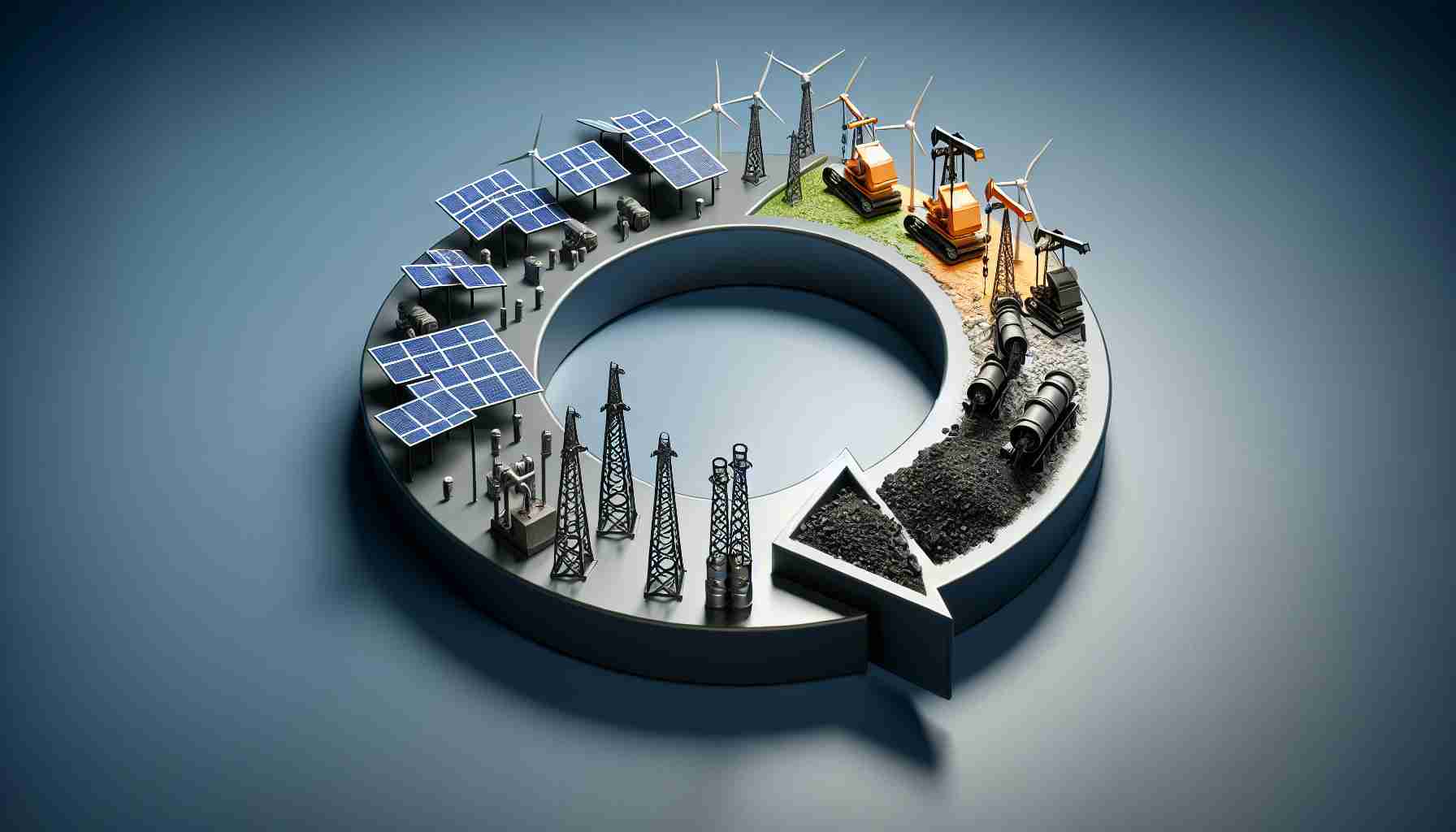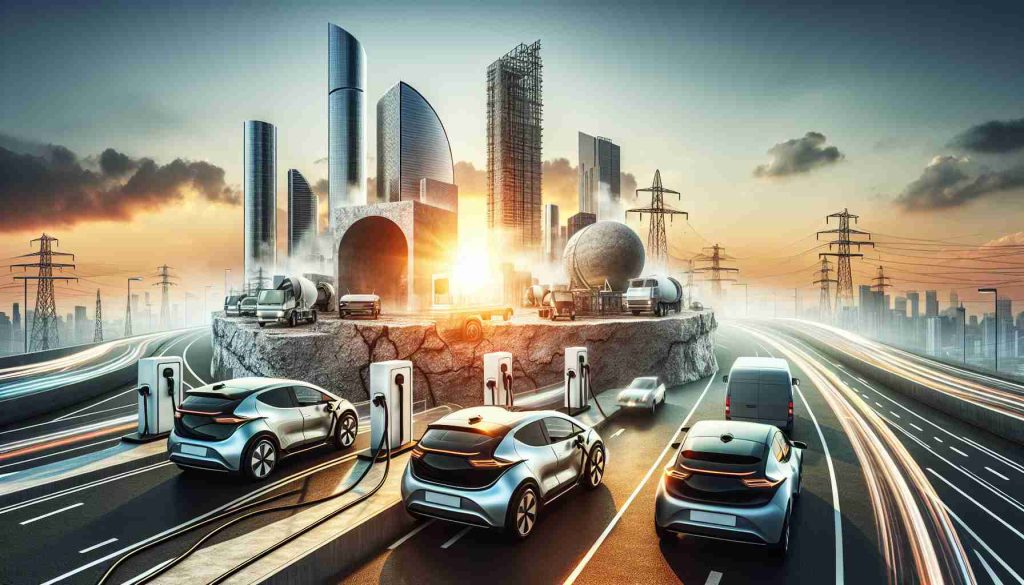Uncertainty has gripped the energy sector. Following significant executive actions by former President Donald Trump on his first day in office, the industry is facing a wave of changes that many find concerning. On January 20, Trump executed several directives aimed at reversing previous federal energy and environmental initiatives.
These actions have profound implications for renewable energy projects. The new orders effectively pause the permitting process for these initiatives, which could slow down or even halt the progress of projects designed to harness clean energy. Furthermore, the administration has chosen to suspend payments related to the Inflation Reduction Act (IRA) and the bipartisan infrastructure law. These laws were critical in channeling substantial funding—amounting to billions—toward initiatives promoting climate change mitigation and the development of sustainable transportation, including electric vehicle charging stations.
Stakeholders across various industries are now left to navigate this unpredictability. The shift casts doubt on the future of clean energy investments and signals a potential rollback of efforts made to address environmental concerns. As the landscape evolves, businesses and investors are bracing themselves for the consequences of these policy changes, which could have lasting effects on the nation’s energy framework and climate strategy.
Implications for the Future of Energy and Environmental Policy
The recent upheaval in energy policy epitomizes a larger tug-of-war between traditional fossil fuel industries and emerging renewable sectors. This shift not only affects the energy industry but also ripples throughout society and the global economy. Communities that have invested in solar and wind technologies may find themselves at a standstill, jeopardizing jobs and technological advancements that were once on a promising trajectory. The economic ramifications can be significant, potentially leading to job losses in sectors poised for growth, such as clean energy manufacturing and installation.
On a global scale, the movement away from recommitting to climate initiatives can hinder international cooperation in climate change efforts. Countries striving to uphold their commitments under the Paris Agreement may face mounting challenges when a major economy like the U.S. emphasizes a retreat from its previously established climate goals. As investment dollars flow out of clean technologies, nations may find it harder to achieve their sustainability targets, exacerbating the global climate crisis.
Furthermore, potential environmental impacts are alarming. Increased reliance on fossil fuels could exacerbate pollution, triggering public health crises and compromising air quality, particularly in urban areas. The long-term significance of this trend could result in a resurgence of regulatory battles over environmental protections, potentially stalling vital progress in addressing climate change and its associated risks. In this pivotal moment, the trajectory we choose will shape economic sustainability, public health, and ecological integrity for generations to come.
Energy Sector Under Scrutiny: Navigating the Shift in Clean Energy Policies
Uncertainty in the Energy Sector
The energy sector is currently experiencing a period of significant uncertainty, exacerbated by substantial policy changes initiated by the previous administration. On his first day in office, former President Donald Trump set into motion a series of executive orders aimed at reversing numerous federal energy and environmental policies established by his predecessor. This has left stakeholders across the industry grappling with the implications of these sweeping changes.
Impact on Renewable Energy Projects
One of the most critical effects of these executive actions is the disruption of renewable energy projects. The new directives have effectively paused the permitting processes for many initiatives that seek to harness clean energy. This pause poses a risk of slowing down or even halting the advancement of projects designed to combat climate change. As these initiatives are crucial for promoting sustainable energy solutions, their stalling carries significant consequences for the entire sector.
Financial Implications: Suspension of Key Payments
The new administration’s decision to suspend payments related to transformative legislation, such as the Inflation Reduction Act (IRA) and the bipartisan infrastructure law, is another critical concern. These laws were instrumental in facilitating billions of dollars in funding for projects aimed at climate change mitigation and improvements in sustainable transportation, including the development of electric vehicle (EV) charging infrastructure. The suspension of these funds threatens the feasibility and progress of these essential projects.
Stakeholder Reactions and Industry Adaptation
With these developments creating an unpredictable landscape, various stakeholders, including businesses, investors, and advocacy groups, are compelled to reassess their strategies and investments in clean energy. The uncertainty surrounding future policies raises valid concerns about the viability of clean energy investments and suggests a potential retreat from previously promised climate initiatives.
Use Cases and Trends in Clean Energy
As the energy landscape continues to evolve, several trends are becoming apparent. For instance, despite the policy setbacks, many businesses are pivoting towards developing localized and resilient energy solutions to mitigate risks associated with federal policy fluctuations. The rise of community solar projects, which allow for shared solar power generation, and partnerships between private companies and municipalities emphasize a growing trend toward decentralization in the energy sector.
Pros and Cons of Current Energy Policies
Pros:
– Focus on Traditional Energy Sources: Supporters of the recent policy shifts argue that re-evaluating renewable energy mandates could bolster traditional energy sectors, thus preserving jobs in fossil fuel industries.
– Economic Revitalization: By prioritizing local energy production and infrastructure, there is potential for short-term job creation.
Cons:
– Setbacks for Climate Goals: Halting clean energy projects jeopardizes long-term climate commitments and environmental sustainability efforts.
– Investor Uncertainty: The unpredictability in policy can deter both domestic and foreign investment in clean energy technologies.
Looking Forward: Predictions for the Energy Sector
Experts predict that the future of the energy sector will depend heavily on how quickly states, localities, and private entities can adapt to the changing federal landscape. Trends indicate a growing emphasis on sustainability and innovation within the sector, with companies exploring alternative energy solutions such as battery storage, hydrogen fuel, and carbon capture technologies.
Conclusion: Navigating the Future
As both the climate and energy sectors continue to face unprecedented challenges, stakeholders must remain vigilant and adaptable. The path ahead is fraught with complexities, but innovation and local initiatives may pave the way for a resilient future in clean energy. In this dynamic atmosphere, businesses will have to be proactive in their strategies, finding ways to navigate the uncertainties and capitalize on emerging opportunities in the post-policy change environment.
For more insights into current trends in the energy sector, visit energy.gov.















